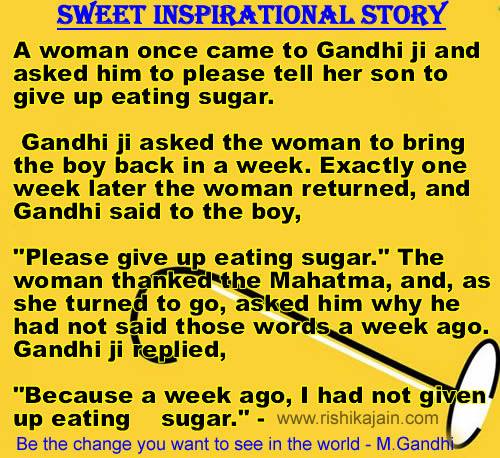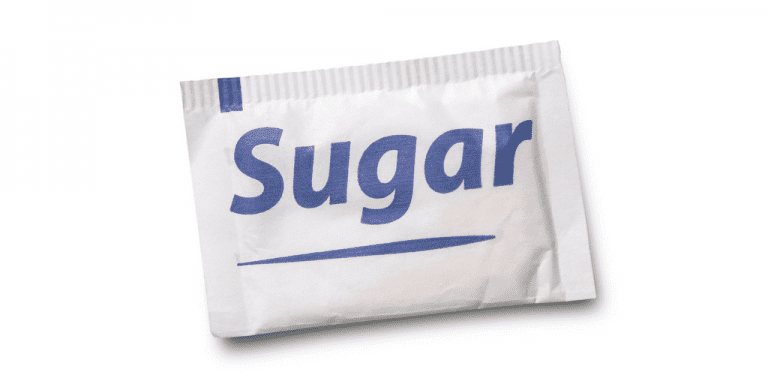
GANHI SUGAR STORY FREE
Gandhi, was composed of 300 free and 800 indentured labourers sent by their employers.

The Natal Indian Ambulance Corps, led by M. Gandhi, a lawyer working for Muslim Indian Traders in Natal, formed a volunteer Ambulance Corps for the British Army. Natal Indian Ambulance Corpsĭuring the Second Anglo-Boer War of 1899-1902 M. Mahatma Gandhi's role in 1899 Anglo Boer War. When Johannesburg had an outbreak of bubonic plague in 1904, Gandhi helped to set up an emergency hospital and nurse victims in the Newtown district, which was later razed to the ground This was not the only time that Gandhi rolled up his sleeves to help the sick. Gandhi and other members of the Indian Ambulance Corps received war medals for their 'chivalry' and loyalty to the queen on the day. Other famous figures present at Spioenkop were Sir Winston Churchill (a war correspondent at the time) and the future prime minister of the Transvaal, General Louis Botha, under whose government anti-Indian legislation was to be enacted. The bloody Battle of Spioenkop, fought 23 and during the Anglo-Boer War was an effort to end the 118-day siege of the town of Ladysmith by the Boers. He argued that Indians could not demand their rights as British citizens if they were not willing to show loyalty to the Empire.īy January 1900, 500 Indians had signed up for the Indian Ambulance Corps, and Gandhi was among them when they attended to the wounded at Spioenkop in Natal. On 17 October 1899 (a few days after outbreak of the South African War – or Anglo-Boer War – between Boers and British), Gandhi convened a meeting to persuade Indians to sign up for an ambulance corps.

Given that Gandhi said "my active non-violence began from that date", it is a site of international significance A plinth stands at the approximate spot and the waiting room is now a museum.

Shortly after his arrival, Gandhi had to travel to Pretoria for the court case and, although he had a first-class ticket, the conductor ordered him to move to a third-class compartment based on his race.įortunately the station is largely unaltered, such that where Gandhi fell on the platform, and the waiting room in which he spent the night, have both been identified. This incident was reported in the local newspaper, the Natal Advertiser, immediately drawing attention to his strong sense of personal dignity.īut this was really just a curtain-raiser to the more famous train incident that ignited his political consciousness. Gandhi refused on grounds that removing headgear was a sign of disrespect in India, and left court. When Gandhi visited Durban courthouse with Abdulla shortly after his arrival, a local magistrate asked him to remove the turban he was wearing. This increase in Indian population gave rise to growing opposition on the part of the white colonists, particularly when Indian traders also started arriving in the province.

Indentured Indian labour had started arriving in the then Natal (now KwaZulu-Natal) from 1860 onwards to work on the sugar plantations, and many of these labourers stayed on for economic reasons. When Gandhi arrived in 1893, the issue of Indian immigration was a hot topic, and from the outset he became aware of the racial discrimination directed at Indians living in Durban. His break came when Dada Abdulla and Sons in South Africa needed a lawyer who could speak Gujarati to settle a dispute with a cousin who was failing to pay money owed to the firm. Dada Abdulla, whose firm had hired him to act on its behalf in a commercial dispute with a family member, awaited him on the wharf, and Gandhi moved in with his family in Grey Street.Įven though Gandhi had studied law London, he had been battling to land work in India, both in Bombay (now Mumbai) and his hometown of Porbandar in Gujarat. _ Gandhi arrived in Durban on aboard the SS Safari. Many famous political activists were imprisoned there, including Mahatma Gandhi, Nelson Mandela,Īlbert Luthuli, Joe Slovo, Winnie Mandela Monument to Mahatma Gandhi imprisoned here.


 0 kommentar(er)
0 kommentar(er)
